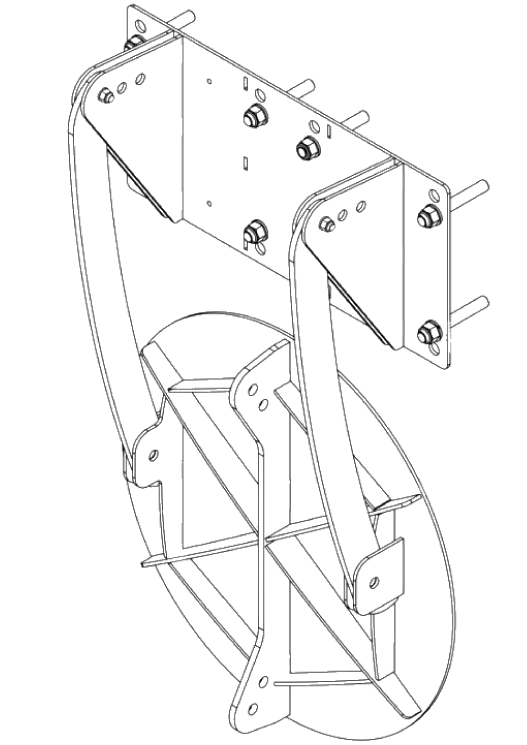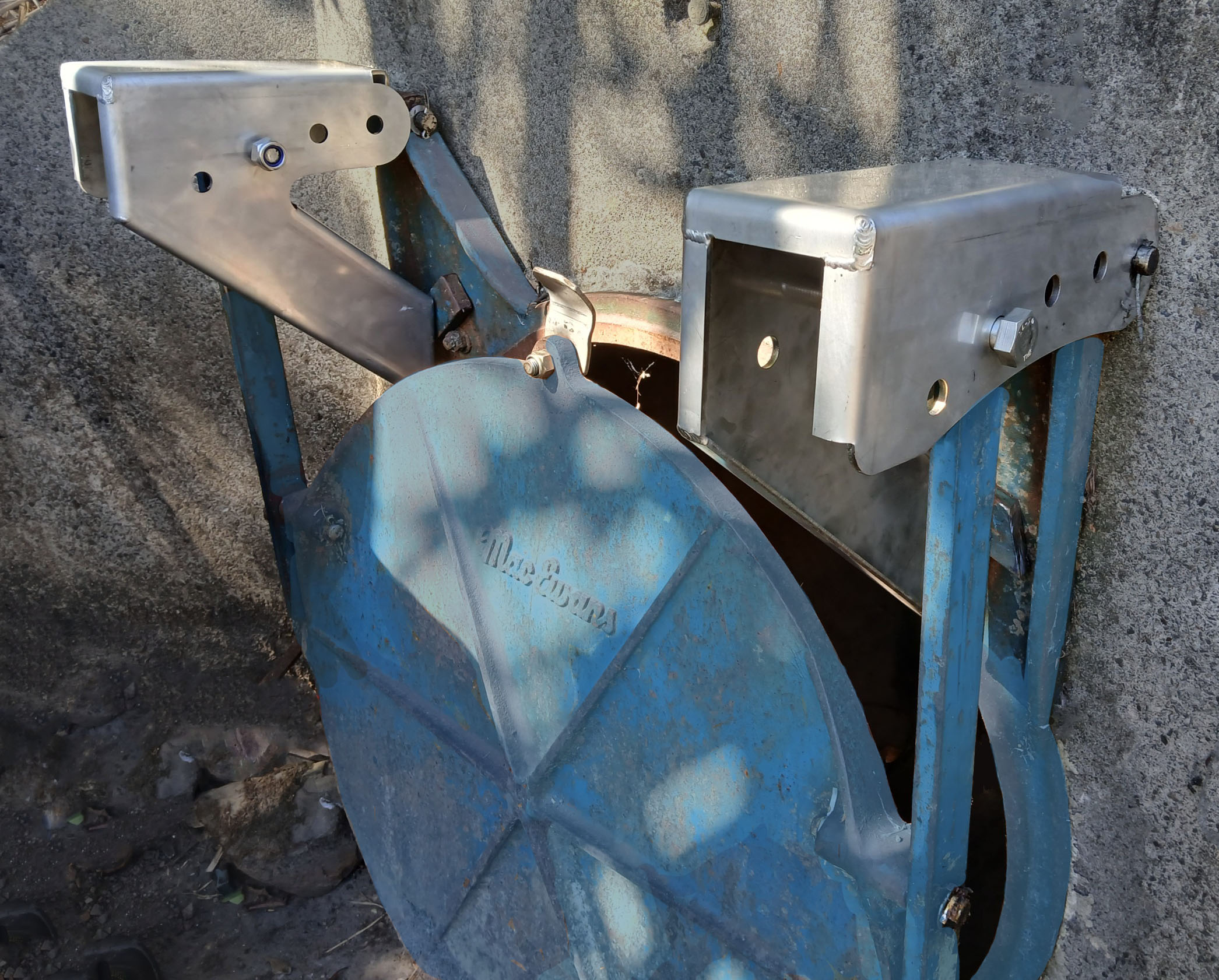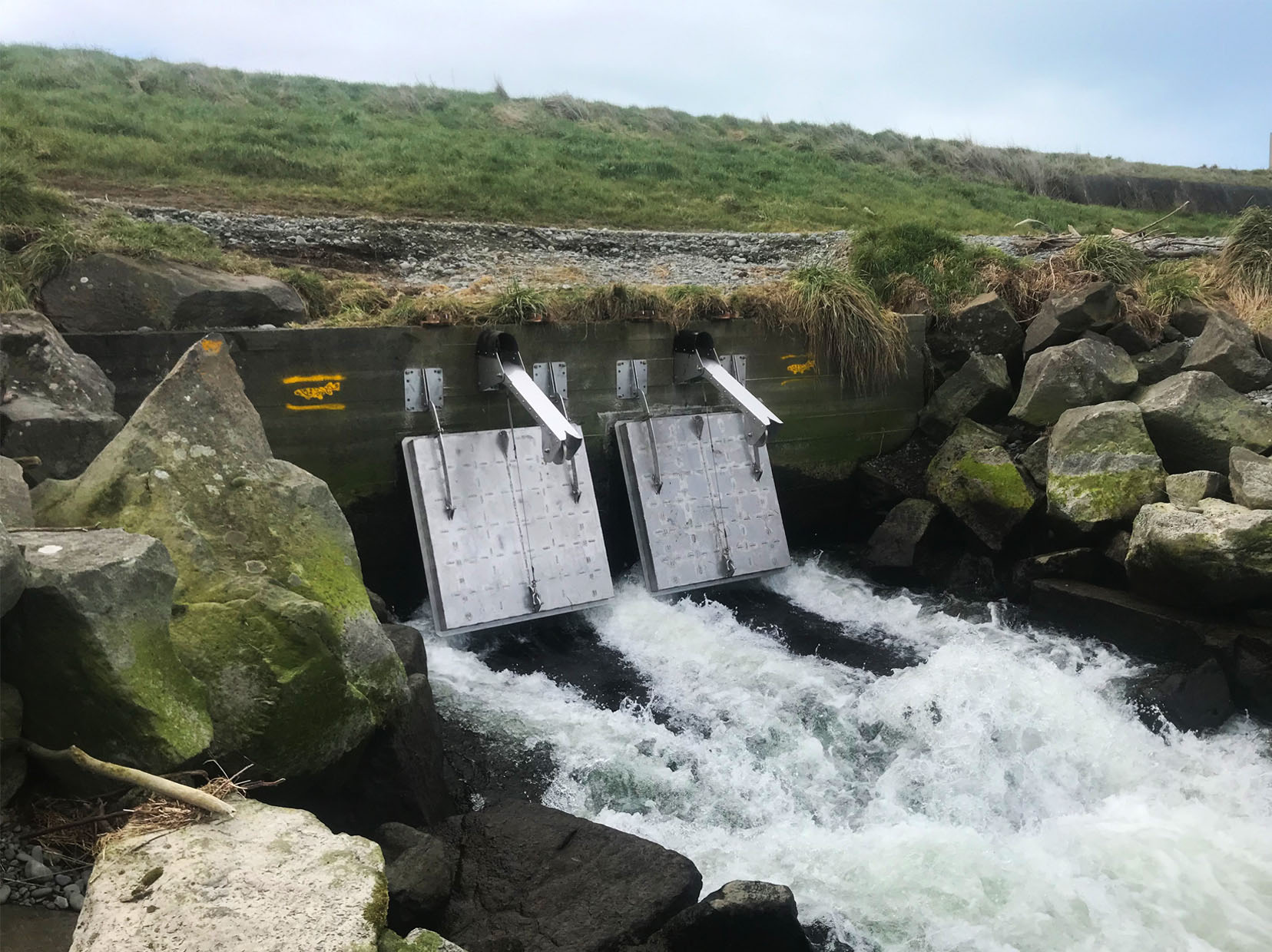Fish Friendly Flood Gate
Our Fish Friendly Flood Gates are designed to retrofit or replace traditional tide and flood gates, enhancing fish passage while maintaining flood protection. By delaying flap closure during incoming tides, these gates provide multiple environmental benefits.
Key Benefits:
-
Allows Fish Passage –
Opens easily and stays open longer to let fish swim upstream. - Adjustable Closing Time –
A series of mounting holes let you fine-tune how long the gate stays open, balancing fish passage with flow control. -
Easy to Retrofit or Install New –
Designed to fit existing culverts or integrate with new builds. -
Low Maintenance –
Simple, durable design reduces servicing needs. -
Custom Shapes & Sizes –
Built to match your infrastructure – square, round, or irregular. -
Marine-Grade Materials –
Made from corrosion-resistant stainless steel.


ATS Environmental provides full installation and support services for our Fish Friendly Flood Gates. From site assessments to hands-on installation and staff training. Each system can be tailored to perform effectively and meet environmental requirements.
How it works:
This simple, robust design consists of three key components:
- Bracket (Headwall or Pipe Mounted)
Secures the floodgate directly to the culvert or structure. - Flap Arms
Support smooth, low-resistance opening and passive closing based on water levels. - Flap Gate
Swings freely to allow water and fish passage with minimal obstruction or head-loss.

Made from high-grade 316 stainless steel, our flood gates are corrosion-resistant and built to last in harsh tidal environments.
Where Fish Friendly Flood Gates Work Best
Our flood gates are suitable for a wide range of tidal and drainage environments, including:
-
Coastal and estuarine culverts
-
Flood-prone lowland drains
-
Sensitive freshwater habitats
-
Wetlands and fish passage projects
-
Sites requiring retrofitting or environmental upgrades
These gates are ideal where tidal flow needs to be managed without compromising fish movement or upstream water quality.

